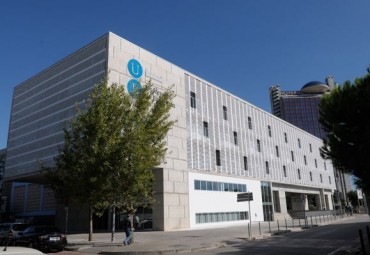Associate Professor of General Linguistics Center for Languages and Literature
Lund University (Sweden)
Funded by

Forehearing words: How the brain pre-activates words before we hear them
Occurring at rates up to 6-7 syllables per second, speech perception and understanding involves rapid identification of morphemes, words, and syntactic structures. To handle this rapid processing and keep a step ahead of the speaker, listeners pre-activate likely upcoming language fragments by taking advantage of a variety of cues in the speech signal. We have proposed that this pre-activation is reflected in a particular brain potential, the ‘pre-activation negativity’ (PrAN). The PrAN found at word onset following perception of the first two speech segments has been seen to increase with increased certainty about the ending of words. Thus, the more certain listeners can be about how a word is going to end, the more strongly they pre-activate the word completion already at word onset. We have also isolated speech melody features which seem to be exclusively used for pre-activation of grammatical endings and syntactic structure. Speech melodies that are more informative of the upcoming grammatical structures also induce a PrAN. Using joint functional magnetic resonance imaging (fMRI) and brain potential recordings, possible sources of PrAN have been found around Broca’s and Wernicke’s areas. We have also seen that cortical thickness in these regions influences in which way language pre-activation occurs, i.e. more rule-based or full form-based. To summarize, evidence is gathering that PrAN is a brain potential indexing pre-activation of language-related information, and that different cortical areas are differently involved in pre-activation processes.
 |

